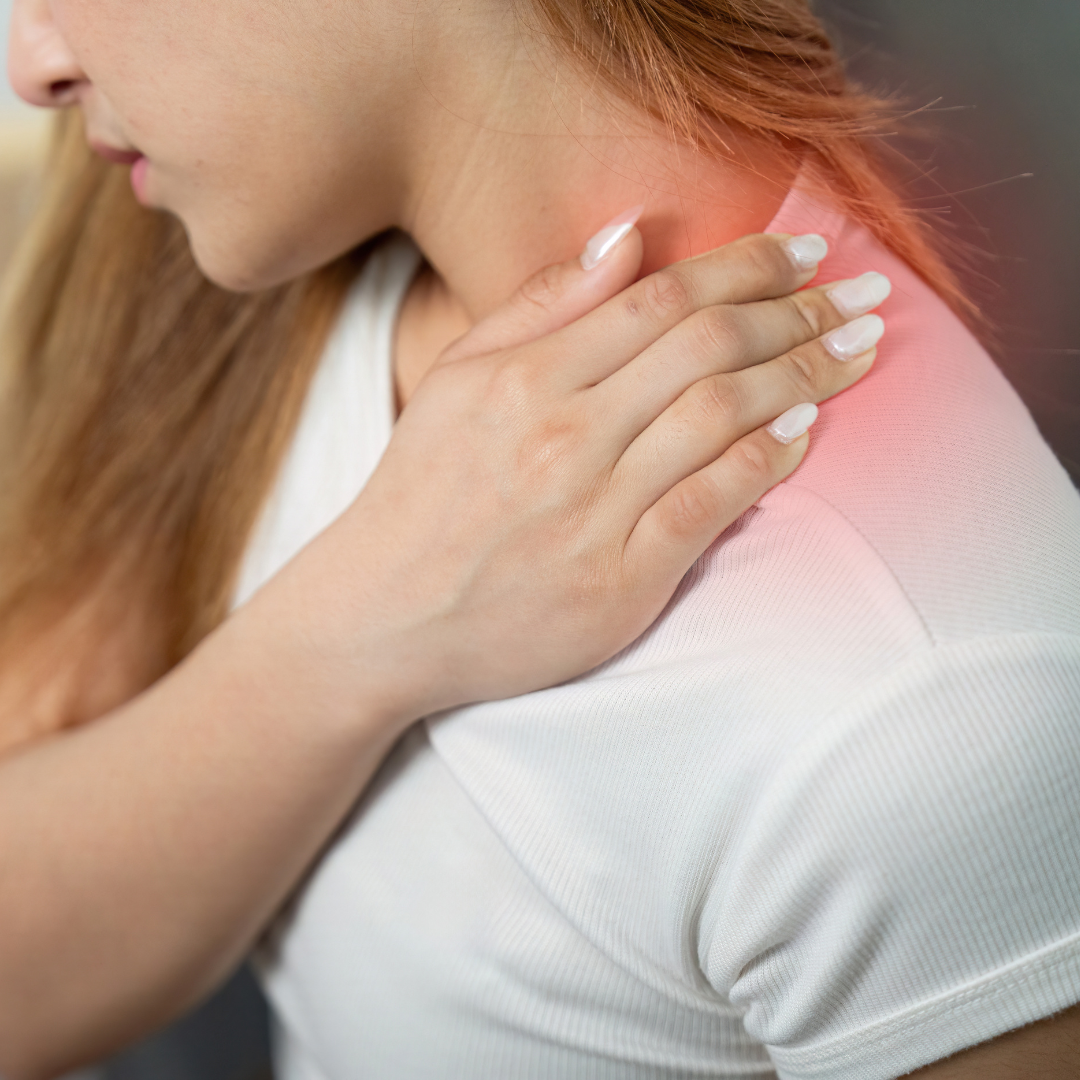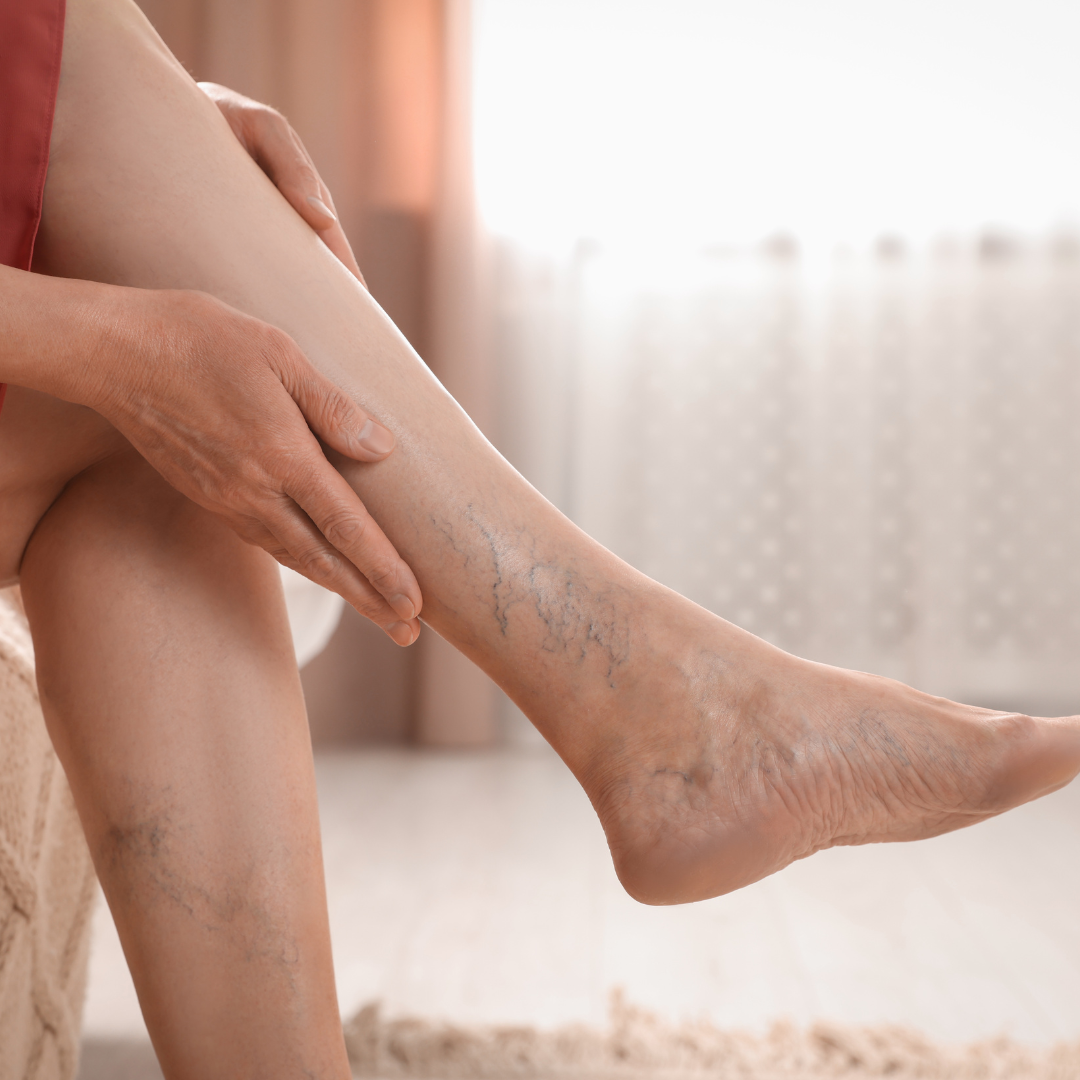Vascular Medicine
Treating circulatory issues
Healthstar Physicians has a wide range of specialists to address all of your healthcare needs and concerns. Within our network we have vascular medicine which focuses on diagnosis and treatment of circulatory issues. Let’s look at how our team can help you or a loved one address problems within the blood vessels.
Peripheral Arterial Disease (PAD)
This is when blood flow is restricted to your limbs caused by narrowed arteries. This most often affects a person’s legs. Although symptoms don’t always arise, if you experience the following symptoms, you should seek a doctor:
- Painful cramping in hips, thighs, or calves after walking or climbing stairs
- Leg numbness or weakness
- One foot/lower leg colder than the other
- Sores on your lower extremities that won’t heal
- Slow hair or nail growth on the limb in question
- A weak pulse in the limb
- Aching or cramping in arms when using them for basic tasks
- Erectile dysfunction in men
You can often address peripheral arterial disease with a healthy diet, exercise and quitting smoking. Other health conditions like diabetes, high blood pressure, high cholesterol, and obesity can increase complications.
Peripheral Vascular Disease (PVD) and Varicose Veins
PVD impacts the veins which bring blood back to your heart. Severity of the disease can range from mild spider veins that are raised and swollen and twist and turn. These can become more painful varicose veins that are larger but not life threatening. On the higher end of severity is chronic venous insufficiency in which the valves allow blood to flow backward. This condition can put pressure and strain on veins.
You may see symptoms of PVD in your legs:
- Spider veins might initially appear
- Burning, throbbing and muscle cramps
- Swelling
- Uncomfortable itching around your veins
- Pain when you sit in a single position too long
If you are experiencing these symptoms, discuss them with your doctor. PVD can be diagnosed via an ultrasound which will look at the blood flow within your veins.
There are a wide variety of treatments from medication, to following a health plan, and surgery for certain circumstances. Just because a condition isn’t life threatening doesn’t mean you should live in pain. If you have a condition like varicose veins that make your days painful, this can be addressed. You and your doctor can put together a plan that is right for you.
Abdominal Aortic Aneurysm (AAA)
The aorta is the largest artery in the body and carries blood from the heart to the circulatory system. Damage to this artery can be life threatening. White men over the age of 65 are most at risk for AAA. Smoking, obesity, high blood pressure, high cholesterol and family history increase your risk. Women are not without risk, they are simply not in the most at risk class.
AAA or “stomach aneurysm” is the 10th leading cause of death in men age 55+. Since there are minimal warning signs, it is often difficult to catch an AAA in advance. The warning signs include: back, leg or abdominal pain that doesn’t go away or a pulsing heartbeat like sensation in your abdomen. Once your aortic has ruptured, this is a medical emergency. Symptoms can include:
- Clammy, sweaty skin
- Dizziness
- Fainting
- Rapid heartbeat
- Nausea and vomiting
- Shortness of breath
- Sudden severe pain in abdomen, lower back, and legs
Your medical team can help diagnose and treat aortic issues. There are treatment plans to avoid rupture. Once there has been a rupture, your doctor can recommend a repair that is right for you.
Carotid Stenosis and Stroke Care
The carotid arteries are blood vessels in your neck that provide blood to your brain and head. Carotid stenosis is when plaque or fatty deposits narrow the pathway of those blood vessels resulting in reducing or blocking blood flow. There are limited symptoms of this condition, but it can be diagnosed during a routine exam when a doctor listens to blood flowing through the artery.
When this condition goes untreated, it can lead to a stroke. Treatment options involve minimally invasive surgeries. If you have other blocked arteries that can lead to stroke, these can also be addressed through similar surgeries.
Deep Vein Thrombosis (DVT) and Phlebitis
DVT most often happens in a leg but can impact an arm. This is when a blood clot forms in a “deep vein”. Symptoms include leg pain that often starts in the calf, leg swelling, warmth in the area, and your leg becoming more red or purple. If you experience these symptoms contact a doctor. This condition can develop into a pulmonary embolism which is life threatening. Medication and support stockings are often used to address this condition. For certain circumstances, clot busters and filters can be used.
Phlebitis is the inflammation of a vein. This impacts superficial veins at the surface and can usually resolve quickly. It should be taken seriously to ensure a thrombosis doesn’t develop.
East Tennessee Vascular Center is located in Morristown, Tennessee. We are here to address your circulatory issues and help you avoid major health risks in the future. If you have circulatory concerns, pain in an extremity, or would like to discuss treatment of varicose veins, reach out to us. We would love to work with you to diagnose your condition and form a plan to get you on a path toward a healthy life.
East Tennessee Vascular Center serves multiple locations and offers personalized treatment plans to treat all vascular needs including wound care. Jennifer Cole, FNP-BC, not only treats patients in Morristown, but also at Jefferson Family Practice and Healthstar Premier Medical. Contact East Tennessee Vascular Center to find out more or call our office at 423-317-6560.




